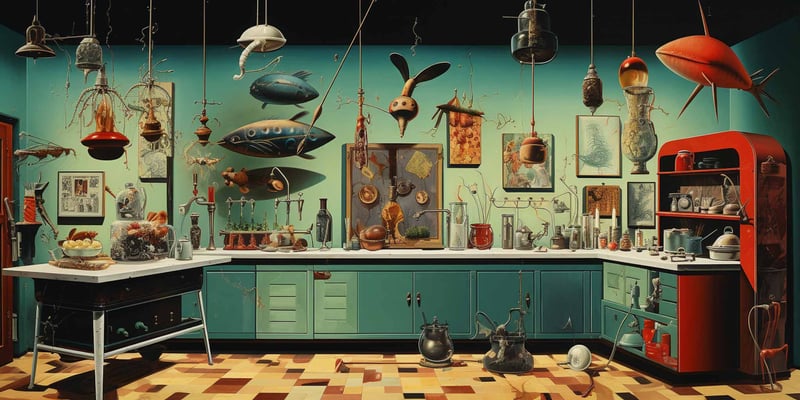A freshly refilled basket of bread lands on the table. ‘You will need bread with the next course’, says the waitress. I raise my eyebrows, intrigued: it is already the third refill - just how much ancient grain bread are we eating today, I think to myself, sinking into my tired and irascible state. A few minutes later, the waitress brings the food: two pasta bowls splattered with tomato passata. I look closer and identify a few oil beads floating on the surface. ‘This is quite unusual*?’*, says my friend, as I try to photograph the plate in a way in which it doesn’t look like an accident occurred on the plate. That is the whole dish. Perplexed, I console myself thinking that at least there is a fun element to it, since we have to dip the bread into the sauce and eat it with our hands.
Minimalism is expensive these days and comfort food has taken on a new meaning, too. I try to enjoy what could have been perceived as a prank by some and start to second-guess myself. Am I not educated enough to recognise a good tomato from a better one? Have I not developed my palate enough to stop dreaming of zesting some lemon, adding a little stracciatella and sprinkling fleur de sel to complete the dish? Am I unable to understand the beauty of a single ingredient, prepared with minimal intervention?
De gustibus non disputandum est. I calm myself down, and start to lecture my table, attempting to convince myself of what I am saying in the process. There is charm in no intervention, there is beauty in serving a raw ingredient just to showcase its flavour. As I say this out loud, my thoughts are very different: if I wanted to taste the raw ingredient, I would go to the farm and have it here, but when a chef is involved, I expect that ingredient to be brought forward through technique and creativity.
We stir up a debate at the table. It's a challenge to define the line between simplicity and oversimplification in cuisine and there are multiple schools of thought on that matter. ‘What about radishes served raw with butter, they are simple, yet delightful?’, adds a friend. Indeed, butter can elevate an ingredient without overshadowing its natural taste.
**
I find myself in this conundrum for hours after I arrive back home and ask myself what the essence of serving food is and whether it differs from the act of cooking. I think about food as an art form and its potential as a medium for making statements. Does it foster a sense of connection, or does it challenge our preconceptions? Perhaps there’s more to the unembellished passata than meets the eye – a statement of culinary confidence rather than arrogance?



